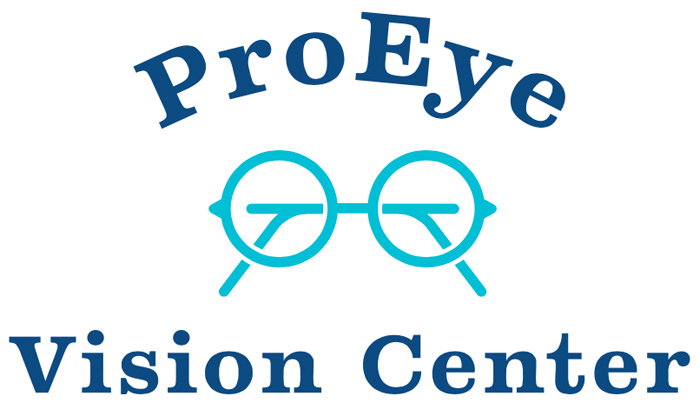Omaha & Lincoln, NE
Insurance & Payment

Omaha & Lincoln, NE
Insurance & Payment
We accept a variety of insurance plans and accept other payment options to make sure you can receive the care you need without any added stress. Whether you’re visiting our Omaha or Lincoln location, we’re here to help you understand your coverage and ensure you get the best treatment possible.
Vision Plans








Medical Plans










Other Payment Options
We accept other payment options such as CareCredit, cash, check, Apple Pay, VISA, Discover, American Express, and Mastercard.
Common Questions About Vision Insurance Plans
Your Title Goes Here
Medical vs. vision insurance
Navigating through insurance can be hard. Because we provide both medical and routine eye care, we accept a number of insurance plans to help cover the cost depending on your individual needs.
Vision insurance
We accept most vision insurance plans. We are proud to be an open network practice, which allows us to carefully select our labs to ensure you get the highest quality services and materials. Vision plans such as EyeMed, VSP, Superior, and others are typically used for routine eye care—glasses exams, contact lens exams, and annual checkups.
Medical insurance
ProEye Vision Center is in network with most PPO medical insurances. Medical plans such as Blue Cross/Blue Shield, United Healthcare, Medicare, and others are typically used for the treatment and management of medical conditions—eye trauma, eye infections, diabetic eye care, macular degeneration, glaucoma, and other eye-related medical conditions. Please give us a call, and we would be happy to help you understand your insurance benefits.
How and where does one obtain vision insurance?
Individuals can buy a vision benefit plan. Vision insurance plans may be available through your place of employment, school district, or social plans like Medicare or Medicaid.
Indemnity health insurance is traditional insurance, which allows policyholders to access medical providers of their choice. Vision insurance is often a value-added benefit included in indemnity health insurance plans, health maintenance organization (HMO) plans, and plans offered by preferred provider organizations (PPOs).
An HMO health plan requires its members to access health care only from HMO providers. HMOs provide health care services to plan members at discounted rates. HMOs include a range of healthcare professionals—doctors, laboratories, and hospitals.
A PPO is a network of healthcare professionals who provide healthcare services to members at discounted rates. Plan members may use out-of-network providers, but they usually will pay more for the services rendered.
What types of vision insurance plans are available?
Vision insurance comes in two forms, a discount vision plan or a vision benefits package.
Discount Vision Plan – Eye care at fixed discounted rates after an annual premium or membership fee and a deductible are paid.
Vision Benefits Package – Usually, a vision benefits package requires an annual premium or membership fee, a yearly deductible for each enrolled member, and a co-pay each time a member accesses a service.
Discount vision plans and vision benefits packages are custom-designed to meet the different requirements of a wide range of customers, such as unions, big, mid-size, and small companies, and school districts.
What is included in vision insurance?
Standard vision insurance usually includes the following services and products:
- LASIK and PRK vision correction at discounted rates
- Annual eye examinations
- Contact lenses
- Eyeglass frames
- Eyeglass lenses
Usually, services acquired from network providers are more affordable than services from out-of-network providers.
Are there payment options?
If group vision insurance is available from your employer, you pay for it through payroll deductions or flexible spending accounts.
A flexible spending account, sometimes referred to as a cafeteria plan, allows an employee to use pre-tax dollars to purchase selected health benefits such as vision insurance. This plan saves you money because you receive the full benefit of income that has been set aside for health costs, making it not subject to or reduced by taxation.
If you are self–employed or if your employer does not offer vision insurance, then you can expect to be billed monthly or annually.

